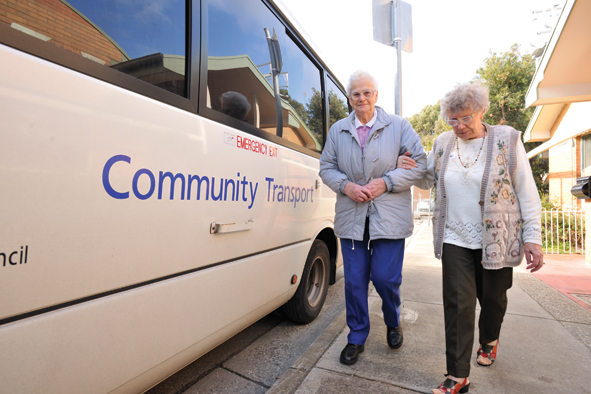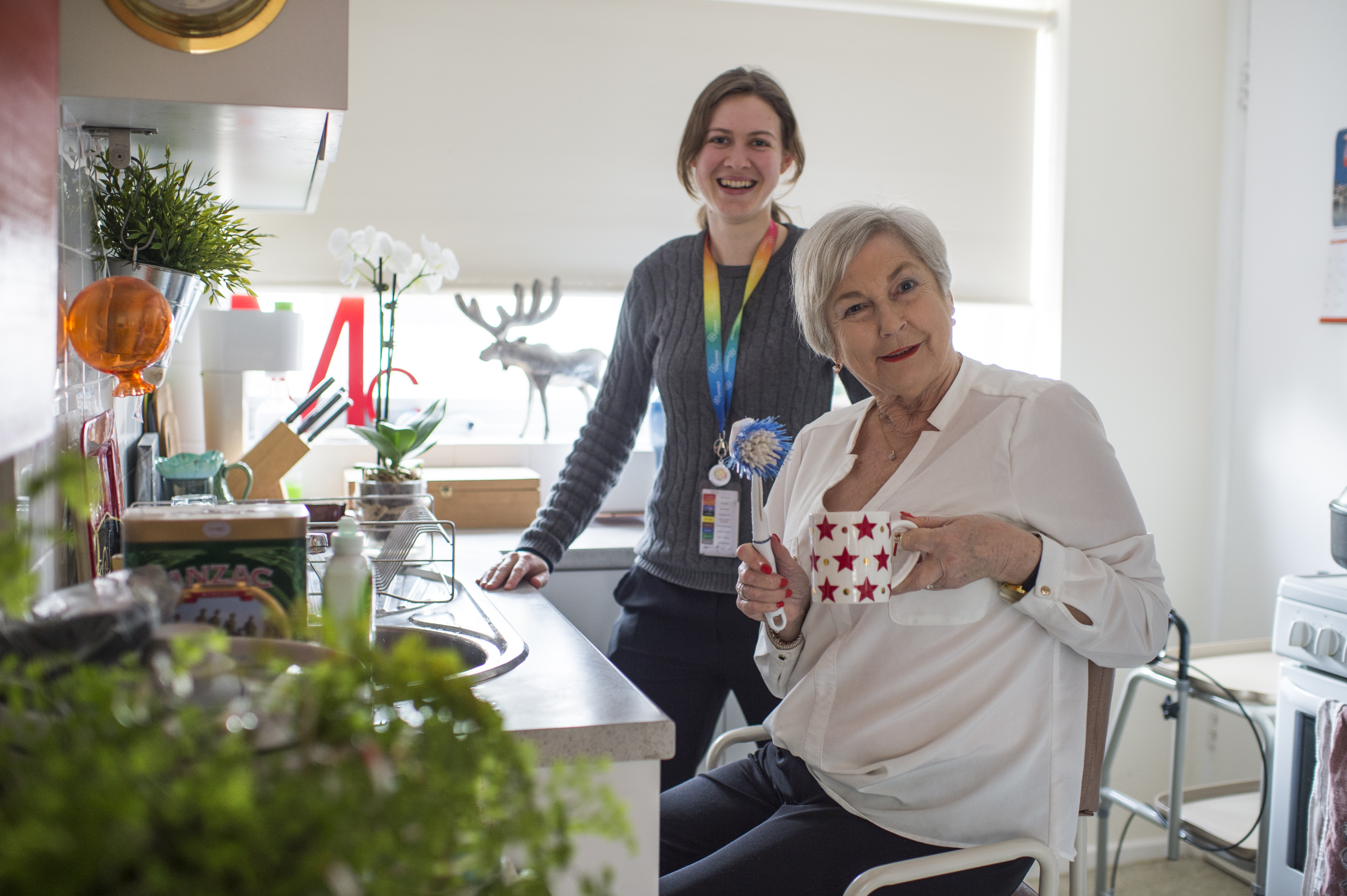Select from the following services
Do you or a loved one suffer from chronic pain?

July 25-31 is National Pain Week - a time to reflect on the difficulties faced by 3.6 million Australians living with chronic pain.
One in five adults over 45 struggles with ever-present pain that lasts weeks, months or years. Yet despite it affecting so much of the population, chronic pain and its impacts are often misunderstood.
Acute vs Chronic Pain
Every person experiences acute pain from time to time. A cut, strain or even a broken bone is painful, however with proper medical attention these injuries typically heal quickly without long-term consequences.
Chronic pain is different.
Presenting as joint pain, muscle aches, fatigue and sleep problems, chronic pain ranges from mild to severe and is experienced most days of the week for an extended period of time. The ongoing physical toll of chronic pain often interferes with daily life, leading to a withdrawal from work and social activities and causing depression and anxiety - this is known as Chronic Pain Syndrome (CPS).
What causes chronic pain?
Chronic pain can result from a physical trauma such as an unsuccessful surgery or a car accident, resulting in permanent nerve and tissue damage. It can occur from conditions such as fibromyalgia, lupus, multiple sclerosis and other forms of physical disability.
Factors like age, gender, genetics, stress levels and lifestyle choices can make patients more susceptible to chronic pain - for instance, women are disproportionally affected by chronic pain compared to men.
Older people are also more likely to experience chronic pain due to degenerative diseases associated with ageing, such as arthritis.
Stress levels and lifestyle choices like smoking and a lack of exercise impact individuals' ability to heal from injuries, contributing to chronic pain.
For many, chronic pain may never fully go away, however, there are ways to reduce discomfort and ease symptoms.
How is chronic pain treated?
The first step to treating chronic pain is finding the root cause of it. GPs can help develop a treatment plan which may involve medication.
While there is no fix-all cure for chronic pain, physical therapy, occupational therapy and therapeutic massage are all valuable tools for reducing pain symptoms. Lifestyle choices including a healthy diet, regular exercise and getting enough sleep play an important part in managing chronic pain.
Counselling can also be used to treat chronic pain from a mental health standpoint - tackling depression, anxiety, stress and other mood-related disorders experienced by chronic pain patients.
At Connect Health & Community we offer a range of therapeutic services to assist chronic pain patients. Browse the rest of our website for information about our physio and occupational therapy programs, hydrotherapy classes, counselling and dietetic services.
A youth mental health initiative developed with students during Victoria’s lockdowns, is hoped to help reduce the stigma surrounding mental health issues and encourage teens to seek help early.
Read MoreOur Health Promotion team is supporting early learning centers through the Achievement Program, an initiative that helps services create a healthier environment for their students, staff and families.
Read MoreThis Children’s Week, we asked our paediatric team to share some of their favourite activities for kids that embrace the importance of play for a healthy lifestyle.
Read More
Speech pathologists provide assessment and management of communication, swallowing and feeding difficulties.
Read More
We have been offering safe and quality door-to-door transport options to our community since 1975.
Read More
We provide Occupational Therapy to help children, adults and those experiencing mental health issues, to achieve their full potential.
Read MoreSelect from the following services